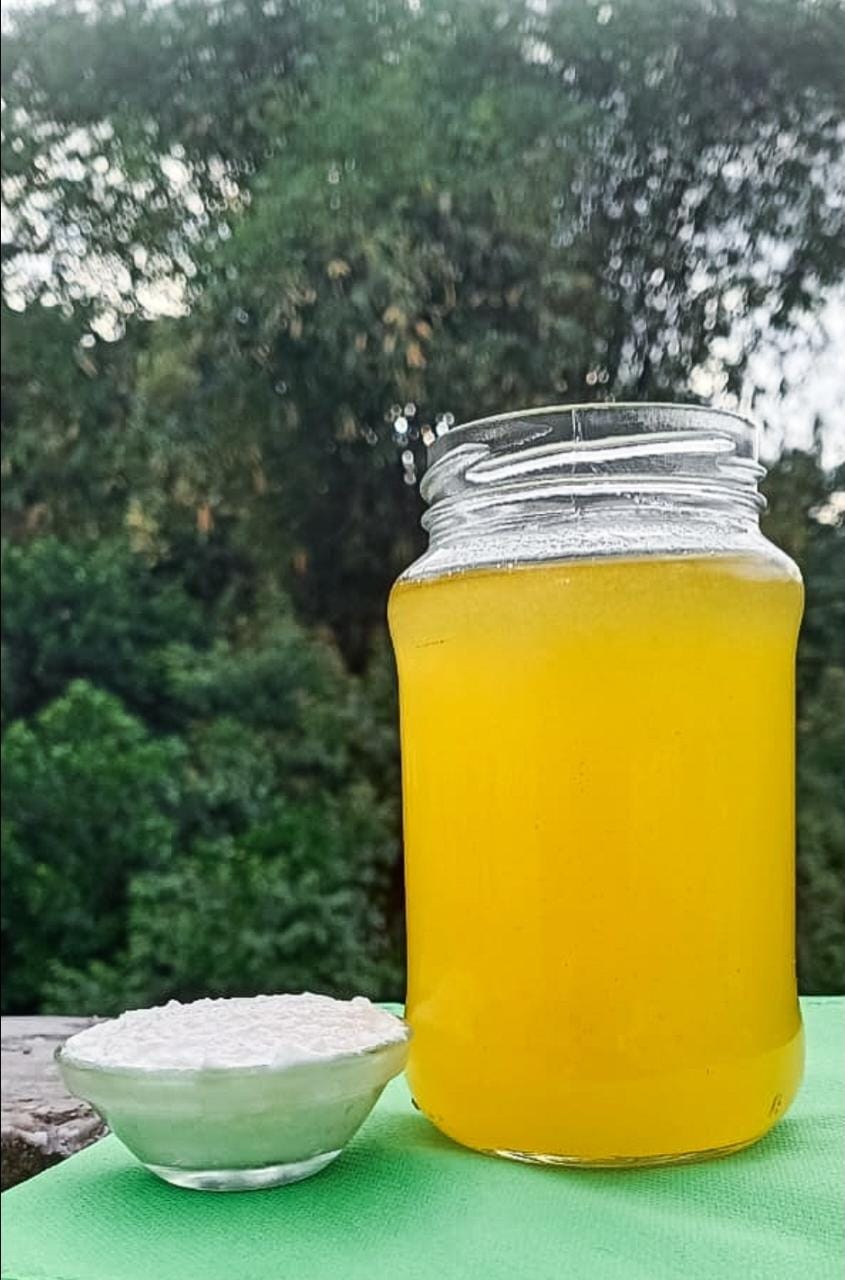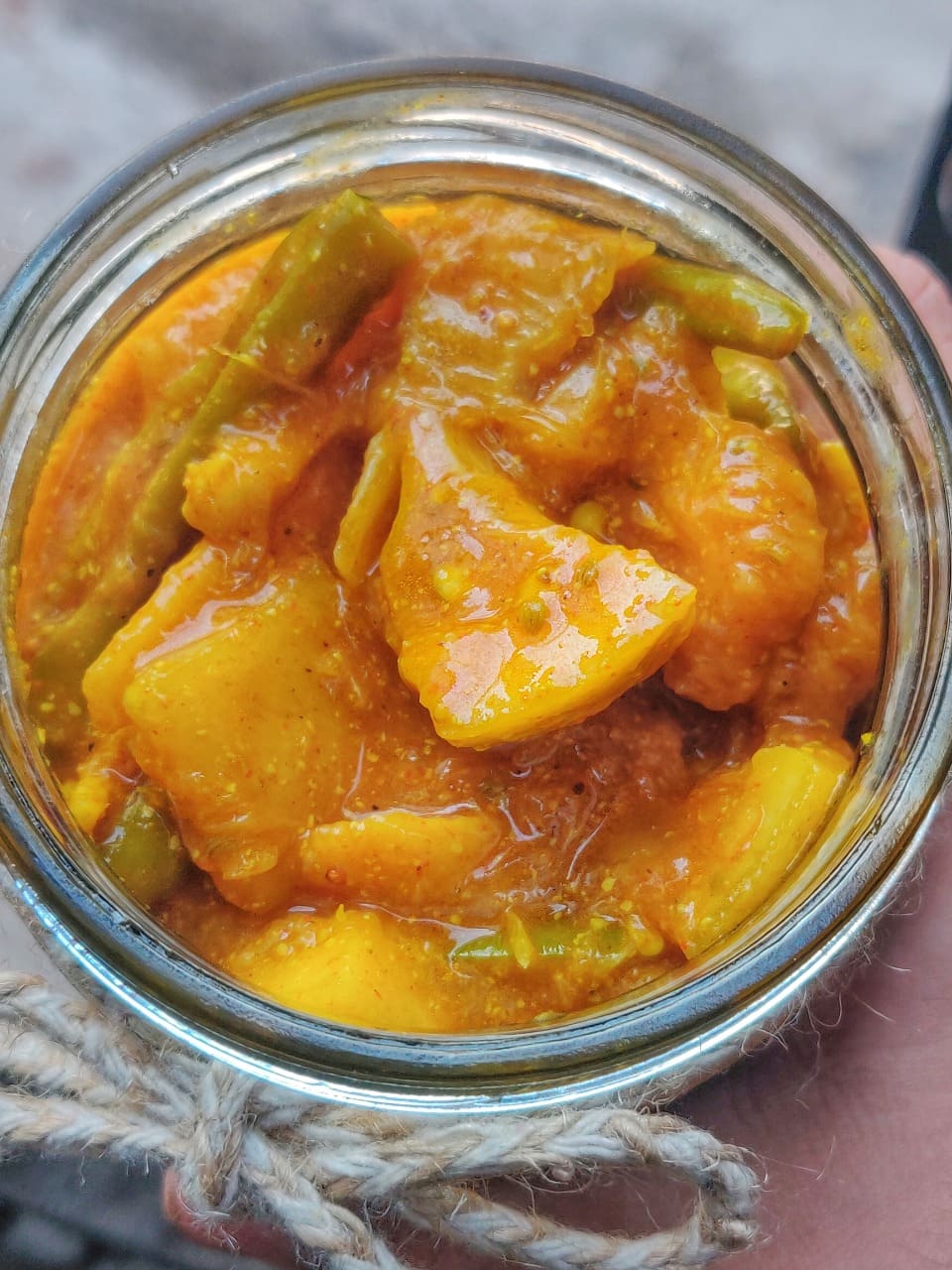
Greetings to all the health seekers and culinary aficionados out there! 🙋♀️🙋♂️
Today, we’re about to embark on an exciting culinary exploration. We’re going deep into the fragrant universe of ghee, with a particular focus on A2 Desi Cow Ghee and A2 Bilona Ghee! 🐄💛 Buckle up, as we examine these two types of ghee, comprehend their nuances, and recognize why these differences matter more than you ever imagined!
Both A2 Desi Cow Ghee and A2 Bilona Ghee have their origins in the rich tapestry of India’s diverse regional cultures and cuisines. Revered in Ayurveda for their nutritional and medicinal properties, these golden treasures are a staple in kitchens across India. 🌏 But, what distinguishes the two? And how do you choose? Let’s plunge in and find out! 🧐
The All-Important Breed: Understanding the Desi Cow 🐄
Firstly, it’s crucial to understand that the ‘Desi Cow’ doesn’t refer to a single breed. Instead, it’s an umbrella term for several indigenous Indian breeds, renowned for their ability to produce A2 milk. Among these, the Gir, Sahiwal, Red Sindhi, and Rathi are some of the most prominent breeds known for their A2 milk production. 🗒️ Each breed brings a unique flavor and texture to the ghee, making each a culinary adventure in itself!
From the Plains of Punjab to the Ghats of Kerala: The Regional Twist 🇮🇳
The taste, aroma, and even the color of the ghee can vary depending on the region. For instance, the ghee produced in the green pastures of Punjab might differ in taste and aroma from that produced in the coastal areas of Kerala. The difference arises from the cow’s diet, which varies according to the local flora. Fascinating, isn’t it? 🌳🌾
What is A2 Desi Cow Ghee?
A2 Desi Cow Ghee is lovingly crafted from the milk of these indigenous Indian cows. It gets its ‘A2’ title from the A2 variant of beta-casein protein in milk, which research suggests is more digestive-friendly and health-promoting. 🧪🍼 The process of making A2 Desi Cow Ghee is fairly simple: simmer butter derived from A2 milk until the milk solids separate and water evaporates, then strain the golden liquid to get your ghee! 😋
A Peek into A2 Bilona Ghee
A2 Bilona Ghee is a step further in tradition. It also originates from the milk of desi cows, but its preparation is more labor-intensive. The Bilona method first transforms the A2 milk into curd. 🍚 This curd is then churned to yield butter, which is slowly heated over a low flame to create the ghee. The rigorous process is believed to increase the nutritional potency of the ghee, resulting in a superior product. 💪🏽
The Nutritional Face-off 🏆
Both A2 Desi Cow Ghee and A2 Bilona Ghee are brimming with vital nutrients. You’ll find vitamins A, E, and D, Omega 3 and Omega 6 fatty acids, and Conjugated Linoleic Acid (CLA) – a type of fat linked to cancer-fighting properties. 🎗️🌱
But thanks to the Bilona method, A2 Bilona Ghee is usually considered to pack a more nutritious punch. The churning and slow cooking not only enhance its nutrition but also contribute to a richer flavor and aroma. 😊
DIY Ghee: An Ancient Tradition at Home 🏠
Making ghee at home can be a rewarding process. Here’s a simplified guide:
- Start with high-quality A2 milk. 🥛
- Boil and cool the milk, then add a bit of yogurt culture to create curd. Leave it overnight. 🌛
- Churn the curd the next day to obtain butter. 💪
- Heat this butter over a low flame until it turns into a beautiful, golden liquid.
- Strain to remove the solids.
Voila! You’ve just made homemade ghee! Remember, patience is key! 🗝️
The Grand Finale: Making the Choice! 🥁
Which ghee should you go for? The decision depends on your personal preferences and health objectives. If you’re seeking the potentially added nutritional benefits and are fine with the extra cost, A2 Bilona Ghee could be the way to go. 😌🍀
However, if you’re after a more budget-friendly yet nutritionally rich option, A2 Desi Cow Ghee is an excellent choice! 🤩
Regardless of your pick, remember that ghee, while incredibly nutritious, is high in calories and saturated fats. So, enjoy it in moderation! 🗝️🧘♀️
In the end, both A2 Desi Cow Ghee and A2 Bilona Ghee are far superior to regular ghee. By choosing either, you’re giving the gift of good health to yourself and your loved ones. And isn’t that the best gift of all? 🎁💞
Stay curious, keep experimenting, and enjoy your journey to wellness! Happy cooking, and stay healthy, everyone! 🥘
Join Our Community! 🌐🤝
There’s so much more to explore in the world of healthy, delicious cooking! If you’re as passionate as we are about the flavors, health benefits, and culture surrounding A2 Desi Cow Ghee and A2 Bilona Ghee, or just good food in general, we’ve got something special for you!
We’re thrilled to invite you to join our lively community of food enthusiasts, health seekers, and culinary wizards at EatLo. It’s a safe space where you can share your cooking adventures, and health tips, ask questions, and learn from a vibrant, welcoming crowd that’s as excited about food as you are!
Come on over, introduce yourself, and let’s get the conversations cooking! See you there! 🎉
Blog Tags:
A2 Desi Cow Ghee, A2 Bilona Ghee, Ayurveda, Healthy Cooking, Traditional Methods, Cow Breeds, Regional Variations, Homemade Ghee, Ghee Nutrition, Dietary Choices
🥗









